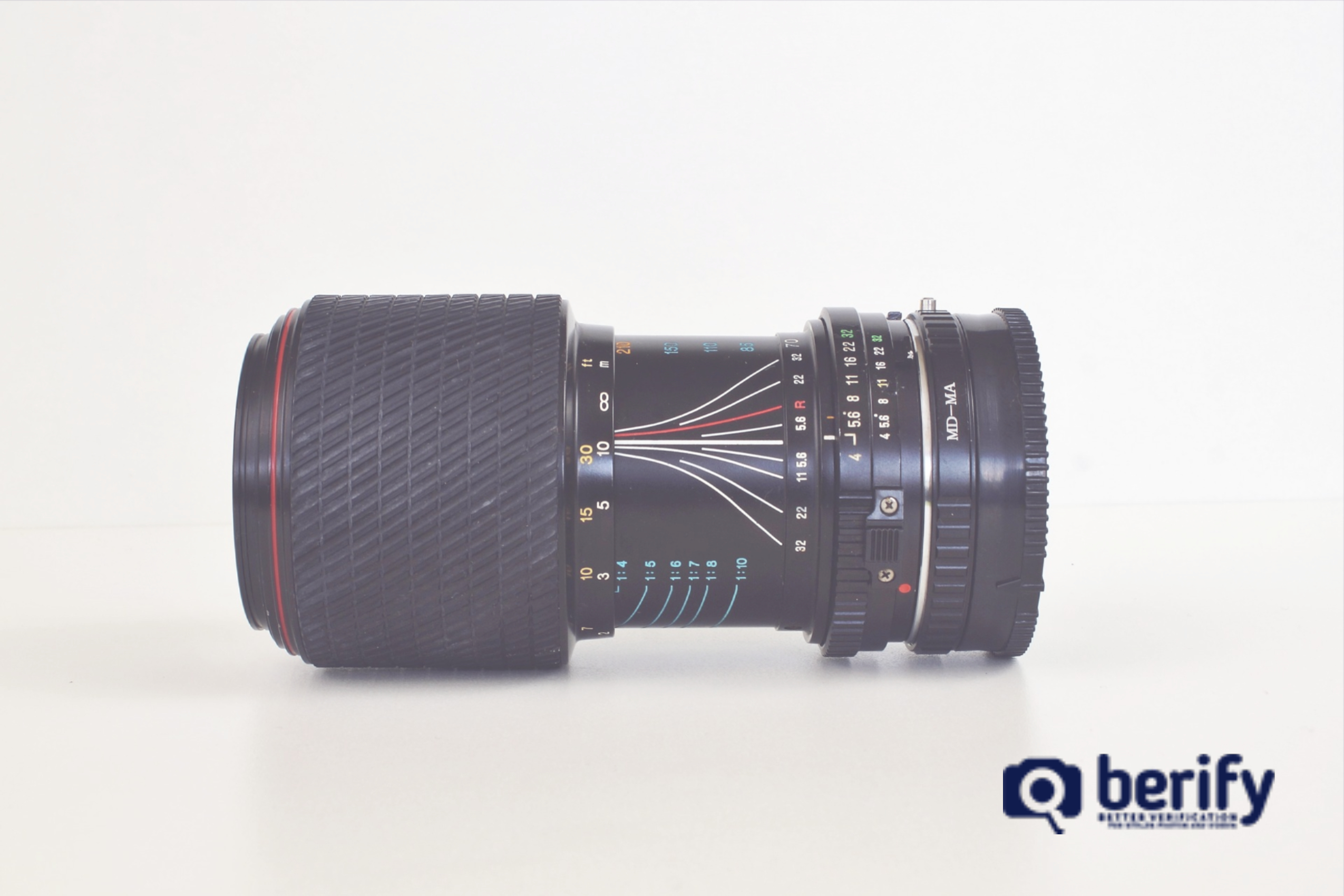Avoid These 5 Wide-Angle Photography Mistakes Beginners Make
You are wondering how to use a wide angle lens to enhance your photographs? Whether you are a landscape photographer, portrait photographer, or use a wide angle lens for other types of shoots, many beginners struggle with this skill.
While there are many types of lenses, each has a specific use or capability. Although a wide-angle lens is one of a variety of lenses, only specific lenses fit particular camera bodies.
What is a Wide-Angle Lens
A wide-angle lens has a larger (wider) field of view than the human eye. The range for this type of lens is between 14 mm and 35 mm, and the accompanying angle of view is around 64 degrees to 84 degrees. Common in panoramic shots, new photographers can struggle with a wide angle lens showing more of the scenery than they bargained for.
Amongst specialized wide angle lenses, are another type called a fisheye lens? These are between 4.5mm and 14mm. Fisheye lenses are small ultra-wide angle lenses, which can give the viewer a slightly distorted view of the world. A fisheye lens is often used underwater.
5 Tips to Take Wide-Angle Photos
Keep Your Camera Straight
To avoid distortion in your photographs, use a wide lens for genuinely panoramic shots, and keep your camera straight. This will save both horizontal and vertical lines straight and in check, as opposed to a titled camera which will distort the lines. A straight shot will help you avoid post correction or photographs that don’t look as you intended.
Testing, 1, 2, 3
Though distortion in wide-angle photographs is common and can be a strength when used correctly and with intention, try a test shoot. If you are shooting for the first time with a subject, experiment with how distorted views can add to your images.
Foreground
A landscape photograph is not only about the background. The foreground shown in your picture can be a source of texture and interest to the viewer. This will also avoid too much space being shown in the image (or the viewer feeling as if they are focusing on empty imagery). Remember, a focal point can help any image become stronger.
Natural Elements
If you’re shooting outside and the sky has an amazing blue tone, incorporate that into your image. Be flexible as you shoot and take advantage of natural elements or stunning visuals. If you’re shooting with a wide-angle lens during a portrait shoot, pay attention to your subject’s facial expressions and capture the most notable.
The Rule of Thirds
The rule of thirds is a rule suggesting that you consider your image based on a grid of three parts up and down, as well as horizontally. This lets you find where your focal point is and how to focus on the background versus the subject and foreground.
Common Beginner Mistakes to Avoid When Taking Wide-Angle Photos
Not Accounting for Distorted Perspective
Do not make the mistake of assuming that everything is an equal distance in your shot. A wide angle lens is intended to stretch perspective. This means that an image taken close to the subject will give a significant change of perspective, compared to what you saw with your human eye.
Forgetting About a Subject
A panoramic or landscape shot can be gorgeous, but for the best results, consider what or who your subject is. It could be a cactus, the sky or earth, a human or animal, a rustic chair whatever it is, make sure that you showcase it in a central location for your shoot. This is often reliant on the photographer moving around.
Overloading the Image
Unless you intentionally want a busy photograph, a wide-angle photograph (uncropped) might give the viewer a sense of overcrowding. Make sure that your wide angle lens isn’t showing more than you intended!
Post-Shoot Review
When shooting with a wide angle lens, you might forget to review all of the items shown in the view of your photograph. A wide-angle lens might change a model’s appearance and make for unflattering results.
Forgetting Your Purpose
Not every shoot requires a wide-angle lens. While you may enjoy shooting with a wide-angle lens and want to practice your skills or make use of new equipment, that is not reason enough to use a wide-angle lens! Make sure that the lens you choose serves the image well.
Although there is a certain amount of trial and error when it comes to being a photographer, memorizing the above tips and incorporating them into your shoots will make a difference.
Another option is to scan your past work and see what errors you tended to make. If you aren’t quite where you want to be as a photographer, know that even the pros had to start somewhere. When it comes to photography, practice does make perfect!
Worried your photographs are being stolen online? Copyright infringement is no longer the exception; it is the norm. Every single day, creators of content find their best photos being used on the web without their consent. Not only can this pose a threat to your ability to make money, but it can also damage exclusive deals with sponsors or clients.
Go to Berify and find out who is stealing your work and where it is being used. Berify can help you stop image theft and exercise your copyright!






